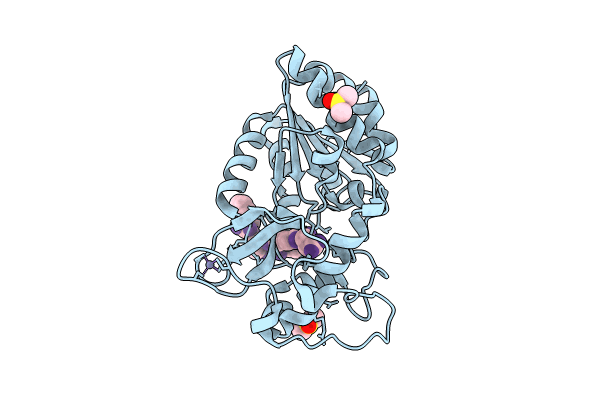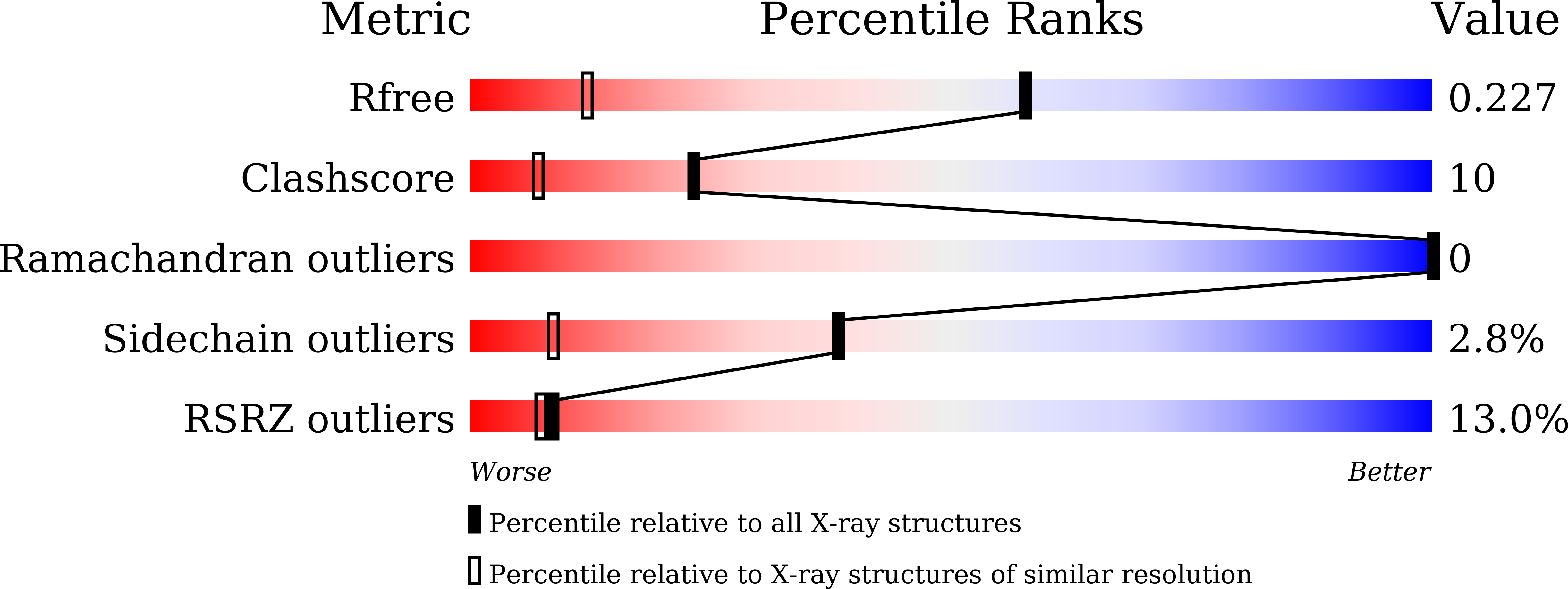
Deposition Date
2024-04-18
Release Date
2024-10-09
Last Version Date
2024-10-09
Entry Detail
PDB ID:
8Z54
Keywords:
Title:
Crystal structure of human SIRT5 in complex with succinylated Prx1 fragment
Biological Source:
Source Organism:
Homo sapiens (Taxon ID: 9606)
Host Organism:
Method Details:
Experimental Method:
Resolution:
1.45 Å
R-Value Free:
0.22
R-Value Work:
0.20
R-Value Observed:
0.20
Space Group:
C 2 2 21


